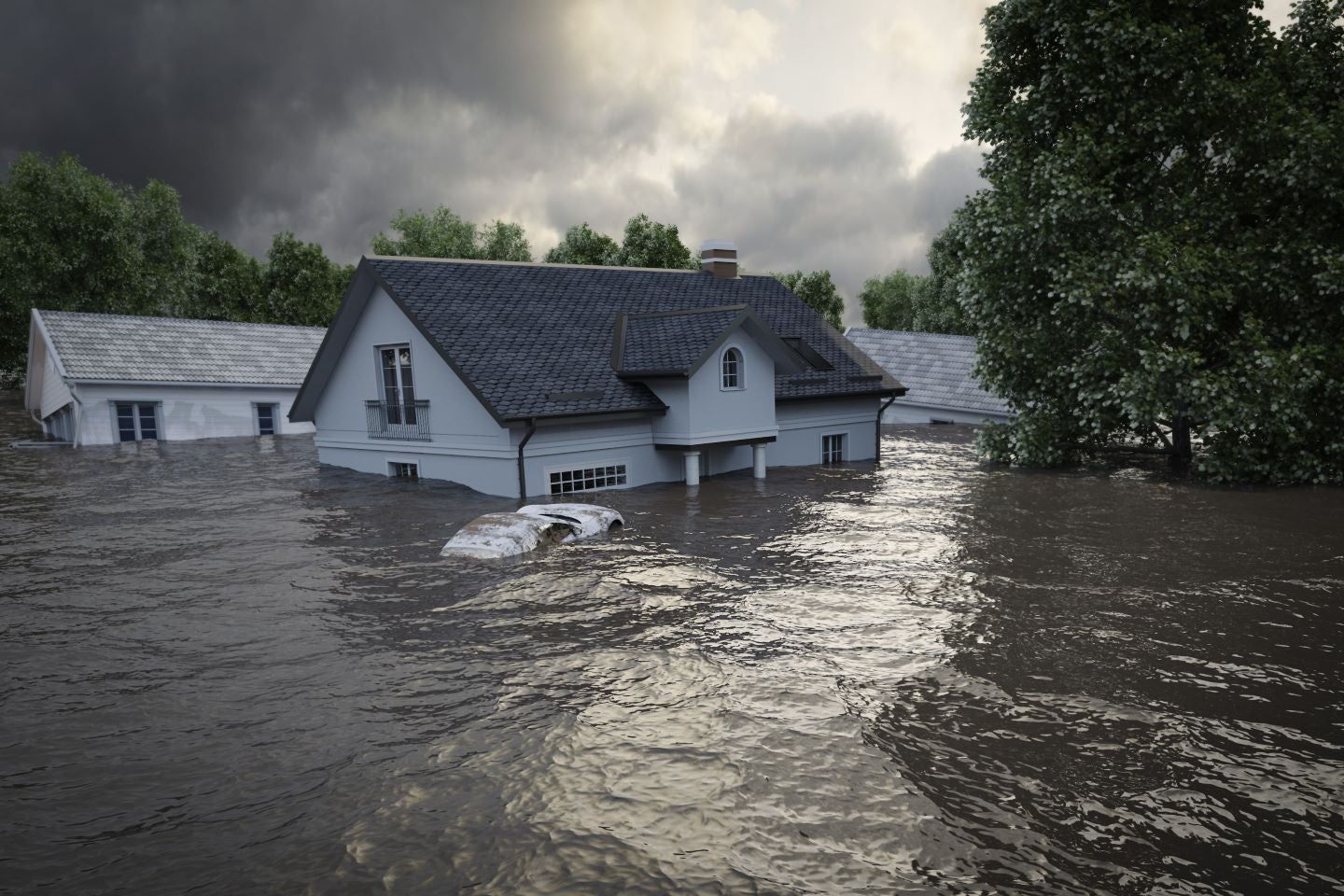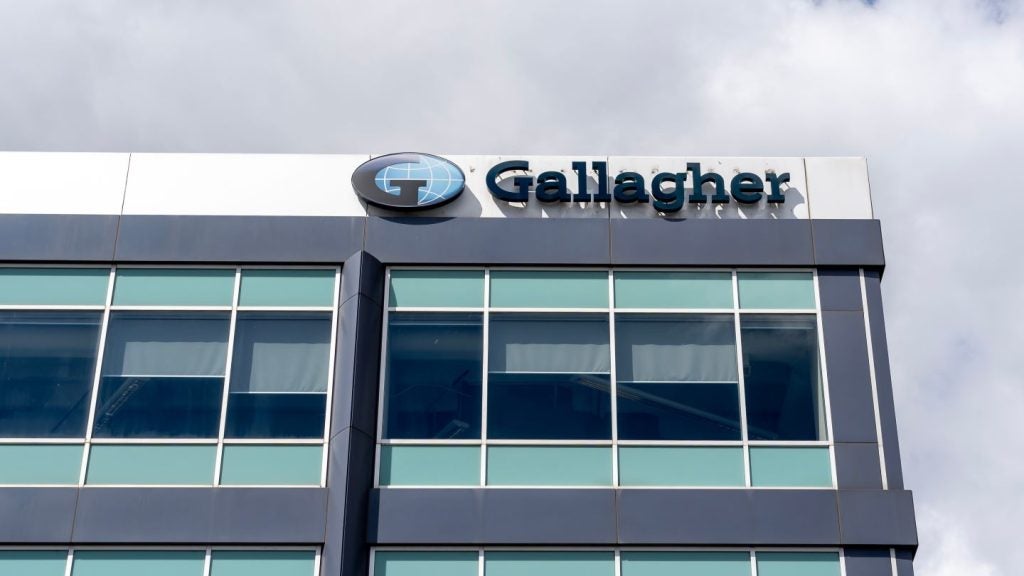GlobalData forecasts that gross written premiums (GWP) for fire and natural hazards in the US will reach $104.6bn by 2028 as severe weather events and natural catastrophes, particularly flooding, become more commonplace. The volatility of these events makes predicting natural catastrophe risks accurately a real challenge, opening a window of opportunity for innovative solutions.
The US is by far the largest country in terms of GWP for fire and natural hazards, which includes cover for severe weather events. According to GlobalData’s Global Insurance Database, GWP for fire and natural hazards totalled $70.9bn in 2023 in the US, up from $60.2bn a year prior. In contrast, GWP for fire and natural hazards in Japan, the second-largest market, reached $19.9bn in 2023. In the US, GWP in this line are projected to reach $104.6bn by 2028, an increase of 47.5% over the forecast period.
Weather events and natural catastrophes continue to increase in frequency and severity, leading insurers to increase premium rates. In the US, flooding poses real challenges to insurers as it is recognised as the most frequent and costly weather-related disaster in the country. Flooding is estimated to cause between $179.8bn and $496bn per year in economic costs and damages, as per a June 2024 report published by the Senate’s Joint Economic Committee.
Besides increases in premium rates, the surge in the frequency and severity of weather events and natural hazards is making it harder for underwriters to assess and predict risks accurately. Insurers have traditionally relied on large amounts of historical data to predict and apportion risks, but the unpredictability of climate change has forced some insurers to limit cover and led some reinsurers to pull back capacity as their profitability margins took a toll.
Yet the surge of these devastating events is also resulting in the emergence of innovative solutions. Insurtech Floodbase is set to launch a new offering on August 1, 2024, to assist government agencies and corporations with flood disaster assessments. It incorporates satellite data, stream gauges, and hydrological models to produce a constant flow of real-time data that can be integrated into parametric insurance solutions, where payouts depend on the occurrence of a pre-agreed triggering event, such as a pre-set level of rainfall, regardless of the actual loss incurred. This will allow for more accurate claim estimations following flooding events. As the industry grapples with the fact that weather events are becoming more commonplace and costly, insurers could continue to increase premium rates. But if these are set too high, they will inevitably price out some consumers and businesses. In contrast, if premium increases are too low, insurers will face losses and the trend towards reducing coverage limits or exiting the line of business will continue. Thus, new propositions that can improve the accuracy of claims estimates such as the use of real-time, robust data models should be welcomed by the industry.








